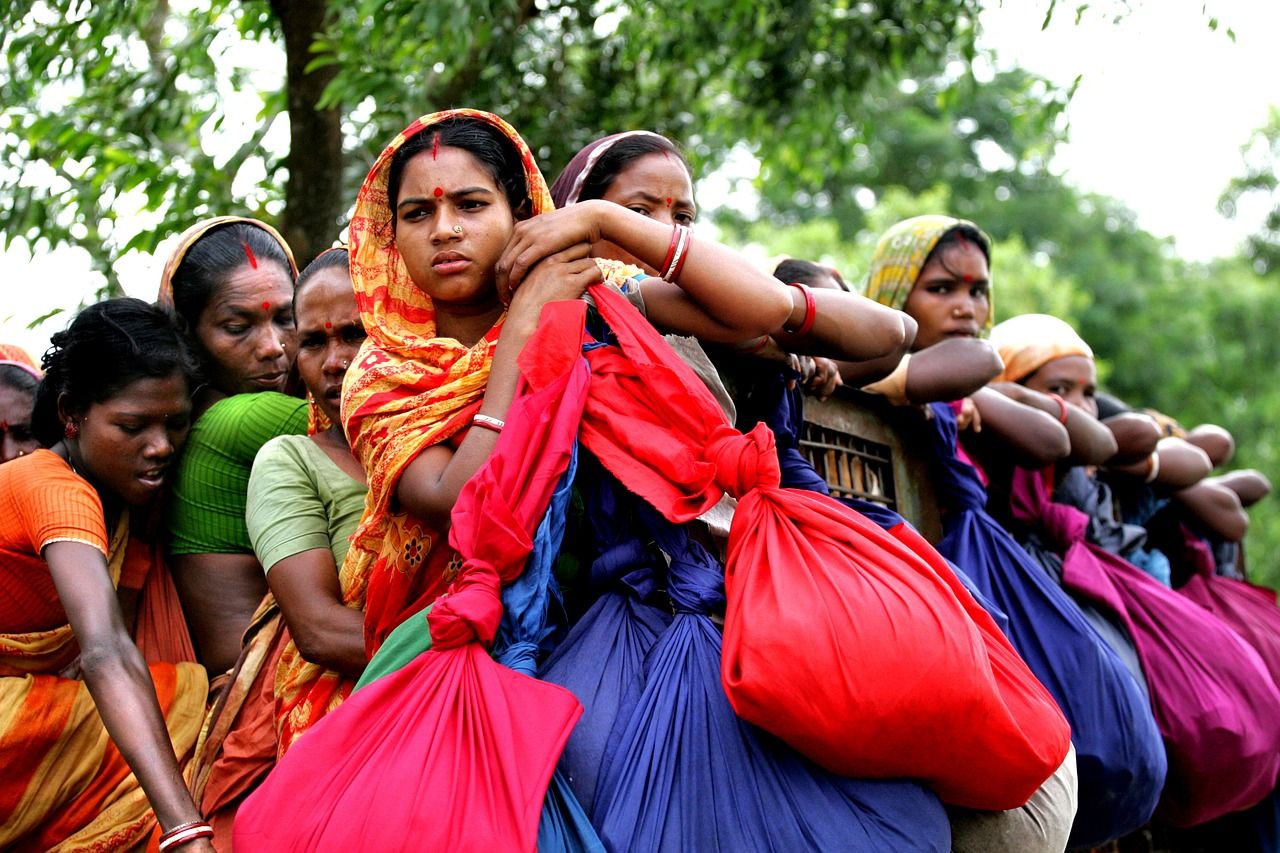SC order renders lakhs of Indian tribals homeless
Related Articles
Hornbills on the brink: Conservation drive launched to revive Himalayan icons
Once a vibrant emblem of the Himalayan wilderness, hornbills—famed for their vivid beaks and radiant feathers—are fast disappearing from the forests of Darjeeling, Kalimpong...
LDA ने जारी किए 15 इमारतों को नोटिस, एयरपोर्ट के पास नहीं रहेंगीं ऊंची इमारतें
Lucknow LDA Action On Buildings: लखनऊ एयरपोर्ट के पास बनी ऊंची इमारतों पर अब गिरी गाज! एयरपोर्ट और रनवे के पास ऊंची इमारतें हवाई...
Bengaluru Horror: Man Comes Home Drunk, Beaten to Death by Wife With Ragi Rolling Pin
A very shocking incident has come to light from Bhavani Nagar, Bengaluru. A 42-year-old civil engineer from Suddaguntepalya, Bhaskar, was beaten to death by...

